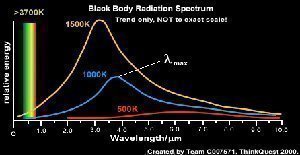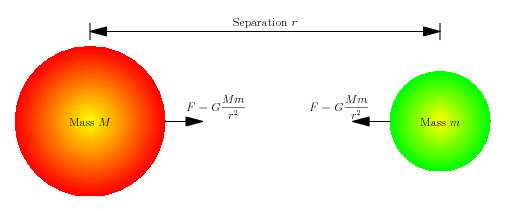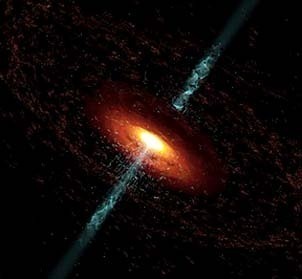Blackbody radiation refers to the electromagnetic radiation that a blackbody material expels. Blackbody materials are substances that absorb all electromagnetic radiation that comes in contact with it, including light and heat. While a perfect blackbody material does not exist in nature, substances such as ash, soot, and granite come close. When a blackbody material is irradiated with light or radio frequencies, it circulates the energy and releases it as heat. Alternatively, when the blackbody material is irradiated with heat, it dispenses the energy as a radio frequency. In this way, a blackbody material acts much like an antenna does: redirecting any energy that it absorbs.
How Blackbody Radiation Works
Blackbody radiation occurs because of the physical composition of blackbody substances. A blackbody material is made of free electrons that can move throughout the entire material, carrying any foreign electricity and heat with it. Blackbody substances convert most of their energy into heat. This is because blackbody substances have many short paths that cause the free electrons to constantly bump each other, releasing the energy as heat.
Applications
A blackbody substance is ideal for products that absorb all electromagnetic energy that is irradiated on them. Though blackbody substances are not perfect, they could theoretically be used to create an energy distribution machine that could withdraw heat from other objects in the same room. Stars and black holes are usually categorized as blackbody materials as they both absorb all forms of electromagnetic and microwave radiation. Blackbody simulators, produced from single-walled carbon nanotubes made of nickel-phosphorous alloy, can absorb 98% to 99% of all light directed to it.
Advantages
The main advantage of blackbody radiation is that it consists of all of the energy that falls on a blackbody material. The blackbody radiation itself can be made of either heat or electromagnetic energy and can be specifically created through certain processes. Blackbody radiation can also occur at any frequency and can range from infrared to ultraviolet light as well as microwave and radio radiation.
Disadvantages
The main disadvantage of blackbody radiation is that the emission rate is the same as the absorption rate. This means that blackbody substances cannot retain any energy for themselves, except when heated for long periods of time. As the heat accumulates inside a blackbody material, light and other forms of electromagnetic energy are emitted at even higher levels, and there does not appear to be a limit on how much energy is transferred through it.




Njoku victor kalu
I like how my questions is been answered